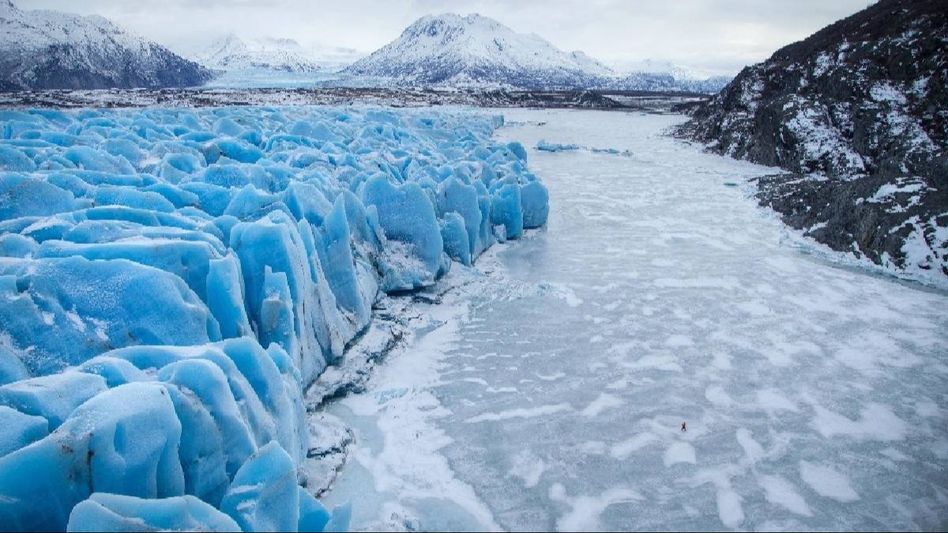Himalayas may lose 75% of ice by 2100, posing a threat to Asia
The Himalayas, home to the world's third-largest ice repository, are seeing a rapid glacier loss, according to the State of India’s Environment 2024 report. This poses a direct threat to approximately two billion people who rely on these glaciers for water.
 Himalayas may lose 75% of ice more ice by 2100, posing a threat to Aisa
Himalayas may lose 75% of ice more ice by 2100, posing a threat to Aisa- Himalayas facing accelerated glacier loss, with a melt rate of 65% in the upper region.
- Climate change-induced disasters and shifts in vegetation line pose a threat to the livelihoods of two billion people.
- Urgent action required to prevent the loss of up to 75% more ice by the end of the century.
The Himalayas, the world's third-largest repository of ice and snow, are facing accelerated glacier loss. The State of India’s Environment 2024 report reveals that the region has experienced 44 percent of India’s natural disasters from 2013 to 2022.
The increased frequency and severity of floods, landslides, and thunderstorms particularly in the Himalayan states signal an impending environmental crisis. The report attributes the accelerated glacier melt in the upper Himalayas, with a rate of 65 percent, to the rapid rise in surface temperatures.
Kiran Pandey, head of CSE’s Environment Resources Unit, highlighted the increasing frequency and severity of these disasters, resulting in significant loss of life and property damage. The issue poses a direct threat to the lives and livelihoods of approximately two billion people, mainly in Asia, who depend on water from these glaciers.
The formation of new glacial lakes due to cloudbursts increases the risk of flooding. Climate change has also caused shifts in the vegetation line in the Himalayas, with a notable migration of 11 to 54 meters per decade. With 90 percent of Himalayan agriculture reliant on rainfall, the sustainability of livelihoods is at risk.
This not only threatens the region's inhabitants but also downstream populations depending on Himalayan water resources. Beyond the loss of ice, the Himalayas are experiencing a decline in permafrost, particularly in the western region, where approximately 8,340 square kilometers were lost between 2002-04 and 2018-20.
This thawing contributes to landslides, causing extensive infrastructural damage. The report warns that if the current trajectory continues, with 40 percent of Himalayan ice already lost, up to 75 percent more could disappear by the end of this century. Urgent and decisive action is required to prevent catastrophe.
Izabella Koziell, ICIMOD’s deputy director general, stressed the need for immediate action to safeguard the Himalayas and the billions of lives dependent on this vital ecosystem.
Copyright©2025 Living Media India Limited. For reprint rights: Syndications Today









